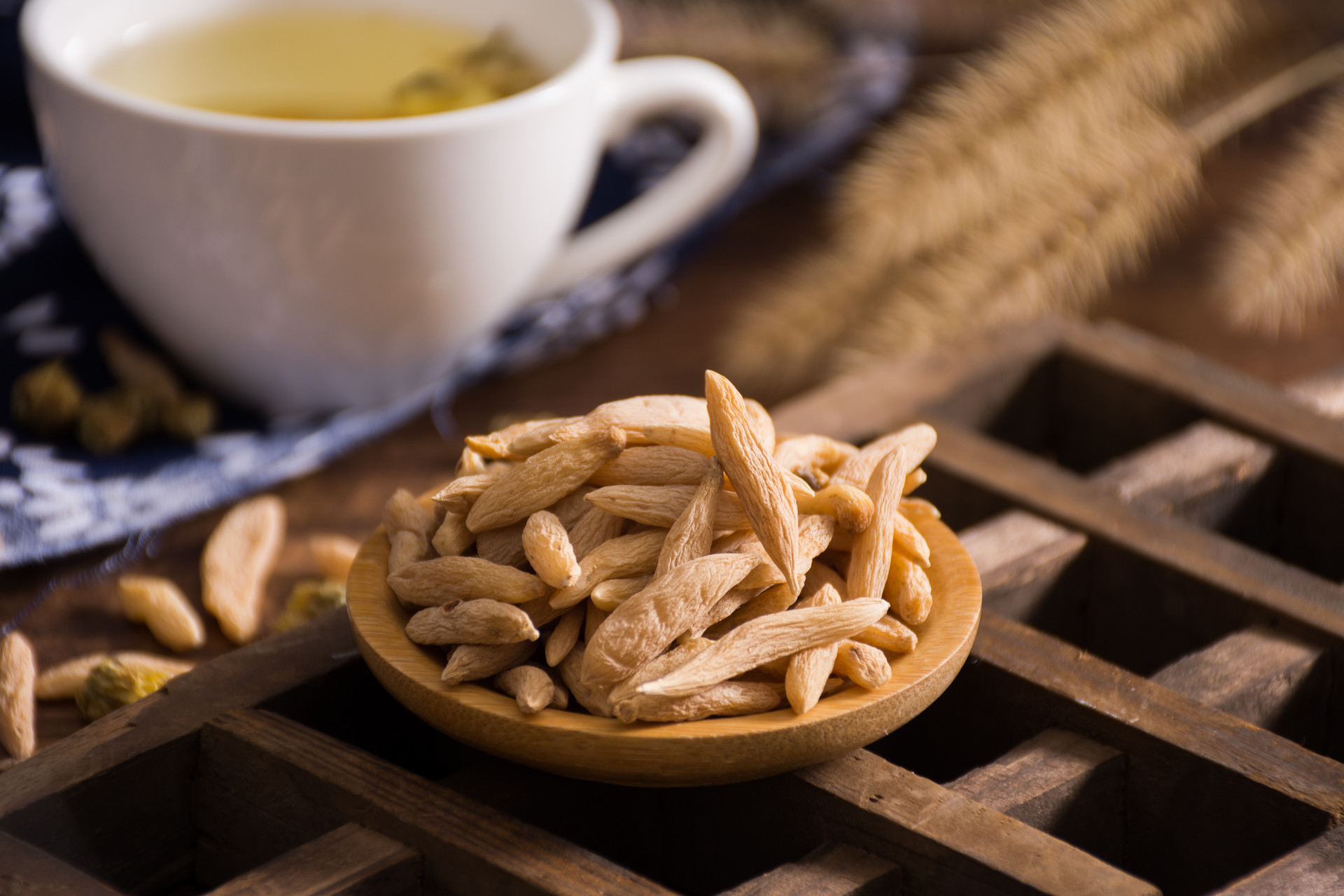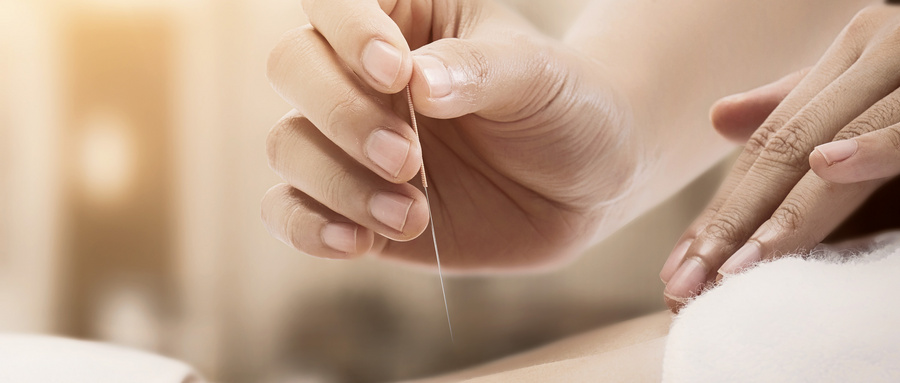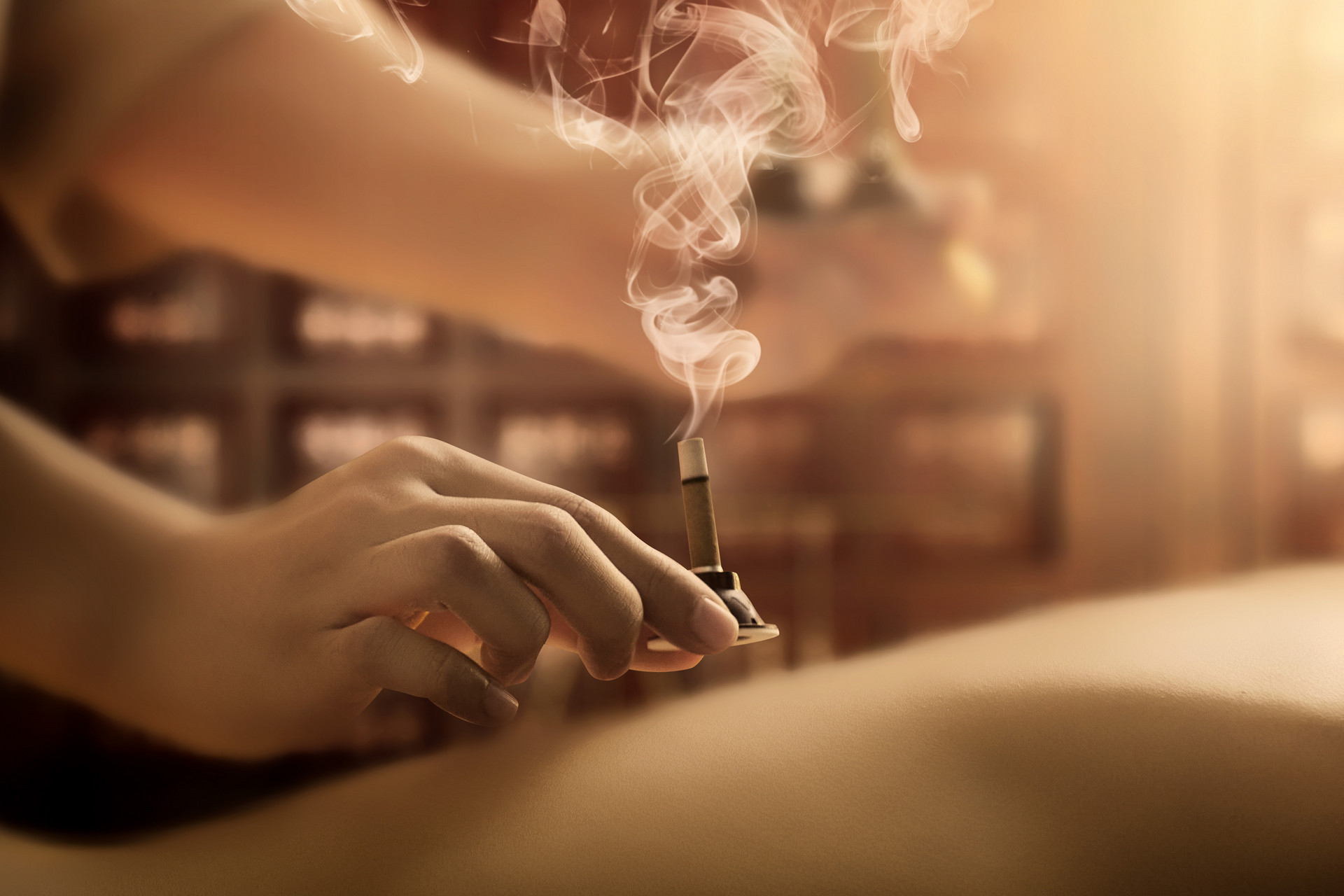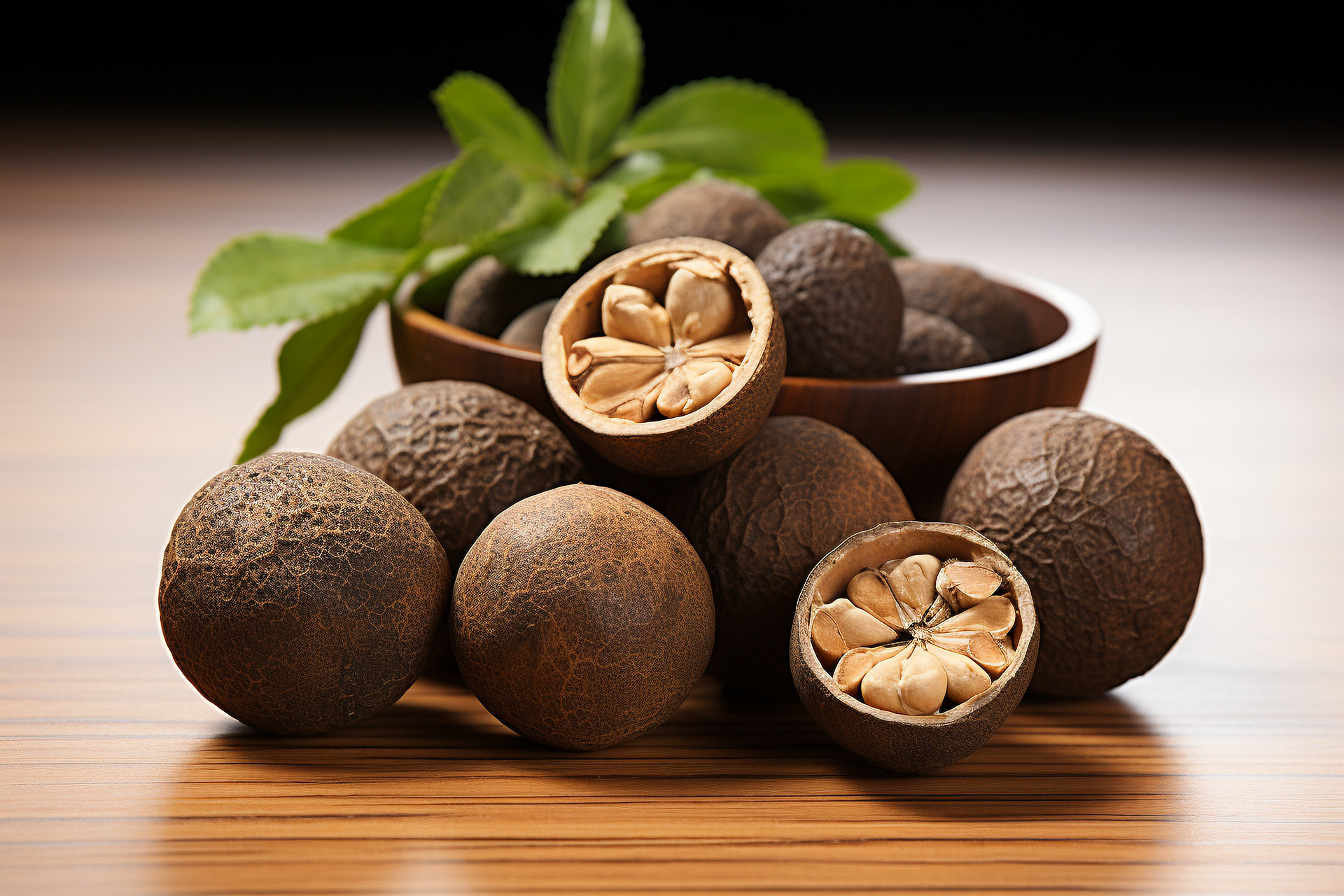Rhodiola rosea, also known as Rhodiola, is the fleshy stem of the plant in the Crassulaceae family. It is a commonly used Chinese medicinal herb with nourishing properties and is often referred to as the "desert ginseng". Rhodiola rosea is warm in nature and has a sweet, sour, and salty taste. It enters the kidney and large intestine meridians and has the effects of tonifying, nourishing the kidney, nourishing essence, moisturizing dryness, and lubricating the intestines. It is used to treat conditions such as impotence in men, infertility in women, excessive vaginal discharge, uterine bleeding, cold and painful lower back and knees, and dry stools. In recent years, due to a shortage of medicinal resources, there have been instances of false Rhodiola rosea being sold as genuine. Therefore, it is important to be cautious and distinguish between the two when using.
Genuine Rhodiola rosea
Genuine Rhodiola rosea has a flat cylindrical shape with one end slightly narrower and slightly curved. It is approximately 10-30 centimeters long and 3-6 centimeters in diameter. The surface is gray-brown or brown and covered with thick fleshy scales arranged in a tile-like pattern. It is hard and slightly flexible, with an oily texture that is not easily broken. The cross-section is brown with scattered white spots and cracks. It has a faint aroma and a slightly sweet taste. Salt Rhodiola rosea has a less regular shape, black-brown color, softer texture, and a surface covered with salt crystals. It also has a faint aroma, but tastes salty.
False Rhodiola rosea with tube flowers
False Rhodiola rosea has irregular shapes such as flat cylindrical, flat spindle-shaped, flat oval, and flat round. It is 6-8 centimeters long and 4-6.5 centimeters in diameter. The surface is reddish-brown, gray-yellow-brown, or brownish-brown, often twisted, and covered with fleshy scales arranged in a tile-like pattern. The upper part is dense while the lower part is sparse, and many scales have broken off at the tip, leaving a residue wider than 1 centimeter. The entire scale is slightly triangular, with a height of about 1 centimeter. It is heavy and hard, lacks flexibility, is difficult to break, and has a granular cross-section that is mostly gray-brown. Some outer rings may appear as black, hard, and gelatinous. There are numerous black-brown dot-like vascular bundles scattered irregularly, some with small cracks. It has a faint aroma and tastes sweet with a slight bitterness.
Modern pharmacological research has confirmed that genuine Rhodiola rosea contains alkaloids, organic acids, glycosides, and crystalline neutral substances. Its water extract or ethanol extract has antihypertensive effects. Its active ingredients can promote salivary secretion. False Rhodiola rosea with tube flowers, although belonging to the same family as genuine Rhodiola rosea, is only used as a folk remedy in Xinjiang and is not included in the Chinese Pharmacopoeia. It does not fully possess the various effects of genuine Rhodiola rosea and therefore cannot be used as a substitute for genuine Rhodiola rosea for medicinal purposes.











